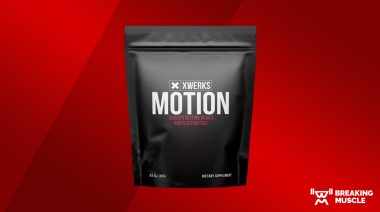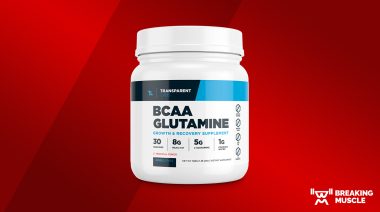
If you’ve been around endurance sport and the Internet for any length of time you probably already know Ben Greenfield. It’s hard not to – the guy is a hard worker and markets relentlessly.
The Real Deal
I was lucky enough to get an advanced copy of Beyond Training and quickly settled in to read. On first glimpse this seems like the ideal book for whichever generation comes after the MTV one. It’s filled with short bites of information on many subjects. It’s like 4-Hour Body on steroids.
But don’t be misled. Where 4-Hour Body was filled with childish sexual innuendo and a fair amount of self-congratulations by Ferriss (some of which is unavoidable, as I’ll explain shortly), Beyond Training is just filled with data, observations, and ideas.
A Thorough Resource
The reason I say the self-promotion aspect is unavoidable is because often these sorts of books read like a narcissistic tale of athletic adventure. You know, “I did this,” then “I did that.” Well, when you look at the huge scope of somewhat crazed options there are in this book, it’s no wonder there aren’t a lot of guinea pigs to discuss the results with.
For instance, in the section on recovery there are 25 possible ways to track how much work you’ve done and from that know whether you are recovered or not. Given most people’s self-assessment is as scientific as whether or not they feel sore, there are a mind-boggling number of methods possible here. From checking testosterone and cortisol via lab analysis, to monitoring heart rate variability via apps, to testing adrenal fatigue through blood pressure or online questionnaires, there are lots of possible ways to monitor how your body is holding up to the stress you’re placing it under.
Hacks for Athletes
Beyond Training covers everything you need to know for performance, whether you’re an endurance athlete or just a hard trainer. This is one of the things I think many people miss – there are more similarities between strength and endurance than many realize, and how we treat the body should largely be the same. As such there is an ample section on mobility and stability training, as well as strength training. There is a massive section on recovery – which is usually everyone’s weakest discipline – and it’s great to see someone pushing hardcore recovery as well as hardcore training and diet. There is also a section on diet and how to integrate all of these potential changes you can make into your lifestyle.
I hate the phrase, but let’s call this a book filled with hacks for athletes. The only problem I have with this style of book is it can be overwhelming simply because of the huge amount of information offered. But you can hardly complain because you get a lot of information from a book promising to help you “master endurance, health, and life,” can you?
Health Is the Foundation
One of the things I liked the most was Ben’s continual push for health. In comparison to 4-Hour Body, for example, where the focus is just on accomplishing more, with almost no thought as to what the consequences might be (such as the chapter on running faster, where Ferriss pulls his hamstring as he is unused to working at such high speeds), Ben continually reminds the reader that health is the most important factor, preceding performance by a long way. The focus on getting the body right before worrying about extra performance is something I wish more people would both advocate and actually listen to.
For a book filled with science, it’s not all big words and boring language. Ben does a good job of keeping it relevant and interesting, although as explained before, this often means that he has to talk about himself a lot. My only real gripe with the book is that it’s not really a book built for reading cover to cover and absorbing all the information, as there’s simply too much of it.
My suggestion is to almost use it as a reference book when you have a specific problem. You can reference the book, and then go and do further research on a subject if it interests you. The benefit of this is that the book does suit people who don’t have huge chunks of time, as the book is broken into many chunks, with each chunk usually having multiple smaller chunks. So you can read a short section or several short sections, depending on your available time.
Overall, Beyond Training is a good book. I’d recommend it to anyone who is even halfway serious in any physical activity, from endurance training to CrossFit. There’s just a ton of useful information that many can benefit from.
“Beyond Training” is available for $22.41 at Amazon.com.






